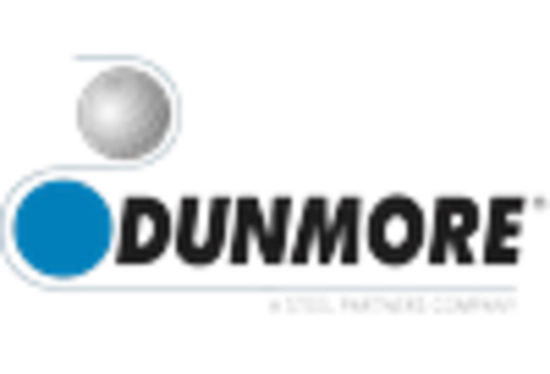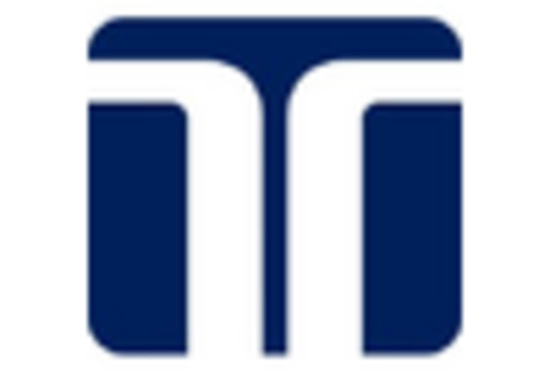Increasing Healthcare Expenditure
The rising healthcare expenditure across various regions appears to be a pivotal driver for the Silicone Medical Tubing Market. As governments and private sectors allocate more funds towards healthcare infrastructure, the demand for advanced medical devices, including silicone tubing, is likely to surge. In 2025, healthcare spending is projected to reach unprecedented levels, with estimates suggesting a growth rate of approximately 5% annually. This increase in investment not only enhances the availability of medical supplies but also fosters innovation in product development. Consequently, manufacturers of silicone medical tubing may experience heightened demand as healthcare providers seek reliable and durable materials for patient care. The emphasis on quality and safety in medical applications further underscores the importance of silicone tubing, which is known for its biocompatibility and resistance to various environmental factors.
Rising Prevalence of Chronic Diseases
The escalating prevalence of chronic diseases worldwide is likely to significantly influence the Silicone Medical Tubing Market. Conditions such as diabetes, cardiovascular diseases, and respiratory disorders necessitate the use of various medical devices that often incorporate silicone tubing. As of 2025, it is estimated that chronic diseases will account for over 70% of healthcare costs, thereby driving the demand for effective medical solutions. Silicone medical tubing is favored for its flexibility, durability, and biocompatibility, making it an ideal choice for applications in infusion therapy, respiratory care, and other medical procedures. The increasing patient population requiring long-term care and monitoring further propels the need for high-quality silicone tubing, as healthcare providers strive to enhance patient outcomes and ensure safety in medical treatments.
Regulatory Support for Medical Innovations
Regulatory support for medical innovations is emerging as a crucial driver for the Silicone Medical Tubing Market. Governments and regulatory bodies are increasingly recognizing the importance of advancing medical technologies to improve patient care. In 2025, it is anticipated that regulatory frameworks will continue to evolve, facilitating faster approvals for innovative medical devices that incorporate silicone tubing. This supportive environment encourages manufacturers to invest in research and development, leading to the introduction of new and improved silicone products. Moreover, the emphasis on safety and efficacy in medical applications aligns with the properties of silicone, which is known for its non-reactive nature and durability. As regulatory bodies promote the adoption of advanced medical solutions, the demand for silicone medical tubing is likely to increase, reflecting a broader trend towards enhancing healthcare delivery.
Growing Demand for Home Healthcare Solutions
The growing demand for home healthcare solutions is likely to drive the Silicone Medical Tubing Market significantly. As more patients prefer receiving care in the comfort of their homes, the need for reliable medical devices that utilize silicone tubing is increasing. In 2025, the home healthcare market is projected to expand at a CAGR of approximately 8%, reflecting a shift towards patient-centered care. Silicone medical tubing is essential for various home healthcare applications, including intravenous therapy and respiratory support, due to its biocompatibility and ease of use. This trend not only enhances patient comfort but also reduces the burden on healthcare facilities, thereby creating a favorable environment for silicone tubing manufacturers to thrive. The emphasis on quality and safety in home healthcare further underscores the importance of utilizing high-grade silicone materials.
Technological Innovations in Medical Devices
Technological innovations in medical devices are poised to be a significant driver for the Silicone Medical Tubing Market. The integration of advanced manufacturing techniques, such as 3D printing and automation, has revolutionized the production of silicone tubing, allowing for greater precision and customization. In 2025, the market for medical devices is expected to grow at a compound annual growth rate (CAGR) of around 6%, with silicone tubing playing a crucial role in this expansion. These innovations not only improve the quality and performance of medical tubing but also reduce production costs, making it more accessible to healthcare providers. Furthermore, the development of smart medical devices that require specialized tubing is likely to create new opportunities for silicone manufacturers, as they adapt to the evolving needs of the healthcare sector.















Leave a Comment